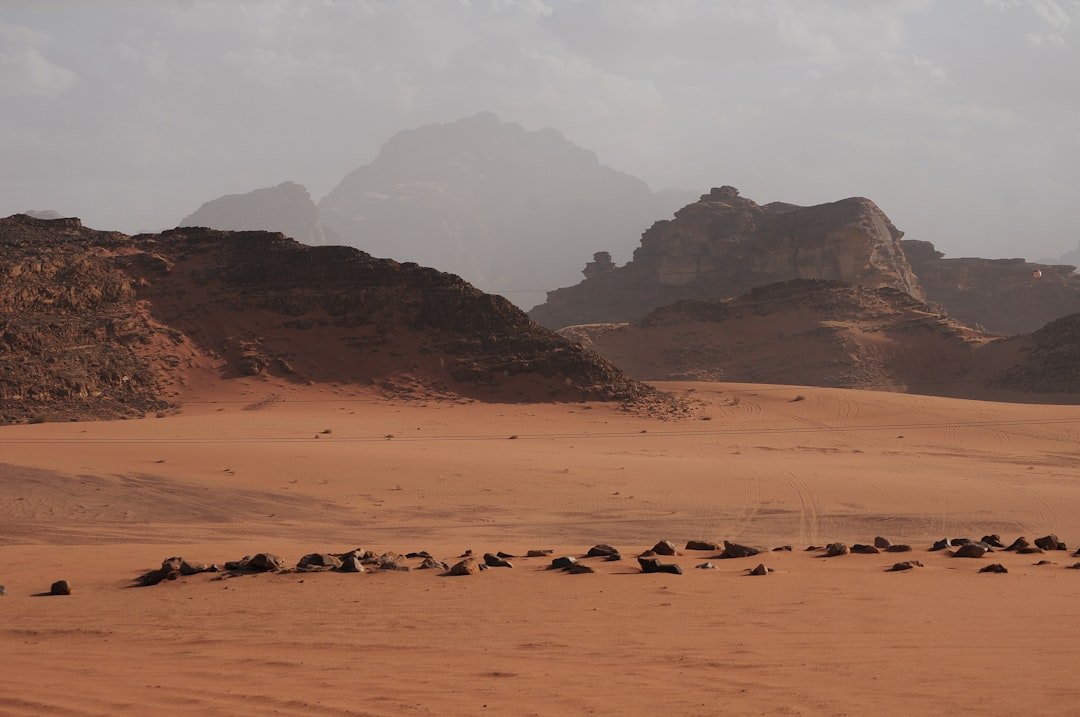Palm trees are often associated with tropical and coastal regions, but they can also be found in unexpected places, such as the desert state of Nevada. The sight of palm trees against the backdrop of the arid Nevada landscape is a striking contrast that has captivated residents and visitors alike. These iconic trees have become a symbol of oasis and relaxation in the midst of the desert, adding a touch of exotic beauty to the state. In this article, we will explore the history, diversity, and impact of palm trees in Nevada, shedding light on their significance and role in the local environment.
Key Takeaways
- Palm trees are a unique and iconic addition to the Nevada landscape, adding a tropical touch to the desert environment.
- The history of palm trees in Nevada dates back to the early 1900s when they were first introduced for ornamental purposes.
- The native palm tree species in Nevada is the California fan palm, which is found in the southern part of the state.
- Non-native palm tree species, such as the Mexican fan palm and the date palm, have also been introduced and cultivated in Nevada.
- The environmental impact of palm trees in Nevada includes their water requirements and potential for invasive spread, but they also provide shade and habitat for wildlife.
History of Palm Trees in Nevada
The history of palm trees in Nevada dates back to the early 20th century when they were first introduced to the state for ornamental purposes. The mild climate of southern Nevada, particularly in cities like Las Vegas and Mesquite, provided a suitable environment for palm trees to thrive. Over the years, palm trees have become a common sight in residential neighborhoods, parks, and commercial areas, contributing to the aesthetic appeal of the urban landscape. Their presence has also been linked to the development of tourism in Nevada, as palm-lined streets and lush greenery create an inviting atmosphere for visitors. As a result, palm trees have become an integral part of the state’s identity and cultural heritage.
Native Palm Trees in Nevada
Contrary to popular belief, there are actually native palm trees that grow in Nevada. The California fan palm (Washingtonia filifera) is a native species that can be found in isolated pockets within the Mojave Desert, particularly in the southern part of the state. These hardy palms have adapted to the harsh desert conditions and can survive extreme temperatures and drought. Their presence in the wild serves as a reminder of the resilience and adaptability of nature, as they continue to thrive in their natural habitat despite the challenges posed by the arid environment. The California fan palm has also been used by indigenous peoples for various purposes, such as food, shelter, and fiber for weaving, highlighting its cultural and historical significance in the region.
Non-Native Palm Trees in Nevada
| Palm Tree Species | Origin | Location in Nevada |
|---|---|---|
| Mexican Fan Palm | Mexico | Las Vegas, Henderson |
| California Fan Palm | California, Mexico | Las Vegas, Boulder City |
| Date Palm | Middle East | Las Vegas, Mesquite |
In addition to native palm species, there are also several non-native palm trees that have been introduced to Nevada for landscaping and decorative purposes. The most common non-native palm species found in the state include the Mexican fan palm (Washingtonia robusta) and the Mediterranean fan palm (Chamaerops humilis). These exotic palms are prized for their tall, slender trunks and graceful fronds, which add a touch of elegance to urban landscapes and private gardens. While non-native palm trees may not have naturally occurred in Nevada, they have become an integral part of the state’s horticultural tradition and contribute to its visual appeal. However, their introduction has also raised concerns about their impact on the local ecosystem and water resources, as they require regular irrigation to survive in the desert climate.
Environmental Impact of Palm Trees in Nevada
The widespread cultivation of palm trees in Nevada has raised questions about their environmental impact, particularly in terms of water usage and habitat alteration. Palm trees are known for their high water requirements, which can put a strain on limited water resources in arid regions like Nevada. In urban areas, where palm trees are often planted in large numbers, the collective water demand can contribute to water scarcity and competition with native vegetation. Furthermore, the dense root systems of palm trees can disrupt soil structure and compete with other plants for nutrients, potentially altering local ecosystems. Despite these concerns, palm trees also provide valuable shade and habitat for wildlife, offering a complex balance between their ornamental value and ecological implications.
Cultivation and Maintenance of Palm Trees in Nevada

Cultivating and maintaining palm trees in Nevada requires careful consideration of their specific needs and challenges posed by the desert climate. Proper irrigation is essential to ensure the health and vitality of palm trees, especially during the hot summer months when water evaporation rates are high. Drip irrigation systems and mulching can help conserve water and reduce wastage, while promoting deep root growth and drought tolerance. Regular pruning and removal of dead fronds are also important for maintaining palm tree health and reducing fire hazards, as dried fronds can become fuel for wildfires. Additionally, monitoring for pests and diseases is crucial to prevent infestations that can weaken or kill palm trees. Overall, successful cultivation and maintenance of palm trees in Nevada require a combination of horticultural knowledge, environmental awareness, and sustainable practices.
The Future of Palm Trees in Nevada
As Nevada continues to grapple with issues related to water conservation and urban development, the future of palm trees in the state remains uncertain. While they have become an iconic feature of the urban landscape and contribute to the state’s visual appeal, their high water requirements and potential ecological impact raise important considerations for their continued cultivation. Finding a balance between ornamental value and environmental sustainability will be crucial in shaping the future role of palm trees in Nevada. This may involve promoting native palm species that are adapted to desert conditions, implementing water-efficient landscaping practices, and raising awareness about the ecological implications of non-native palms. Ultimately, the future of palm trees in Nevada will depend on informed decision-making and a commitment to preserving the unique natural heritage of the state while enhancing its urban environments.
If you’re curious about the natural flora of Nevada, you might be interested in learning about the native palm trees in the region. In a recent article on Nevada Today’s blog, the author delves into the fascinating topic of whether palm trees are native to Nevada. The article provides insights into the unique ecosystem of the state and explores the presence of palm trees in Nevada’s landscape. It’s a captivating read for anyone intrigued by the diverse plant life found in this arid region.
FAQs
Are palm trees native to Nevada?
No, palm trees are not native to Nevada. They are typically found in tropical and subtropical regions, not in the desert climate of Nevada.
What types of palm trees can be found in Nevada?
While palm trees are not native to Nevada, some species have been planted in urban areas and private gardens for ornamental purposes. These may include date palms, Mexican fan palms, and Mediterranean fan palms.
Can palm trees survive in Nevada’s climate?
Palm trees can survive in Nevada’s climate with proper care and maintenance. They require regular watering, protection from extreme temperatures, and well-drained soil to thrive in the desert environment.
Where are palm trees native to?
Palm trees are native to tropical and subtropical regions around the world, including areas in Africa, Asia, Australia, and the Americas. They are commonly found in places with warm climates and ample sunlight.


